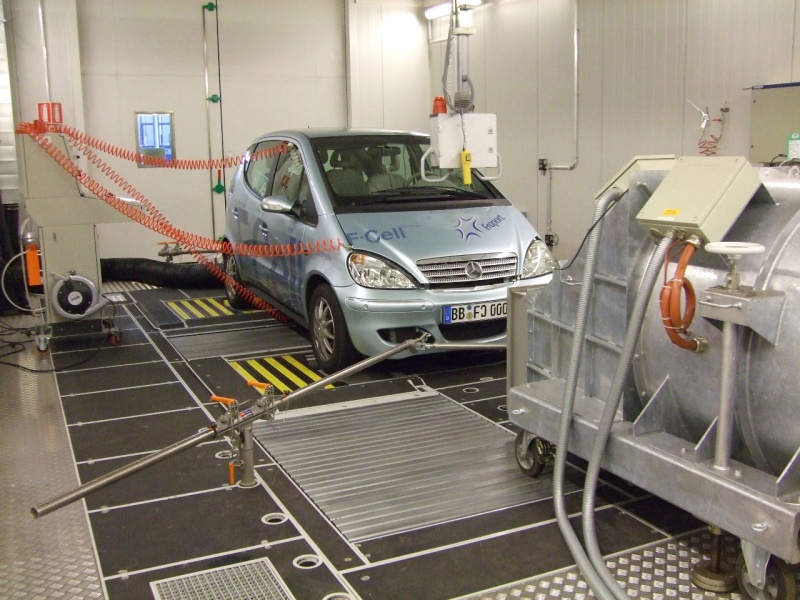On one hand, your car’s emission system reduces the amount of pollution your car puts into the air and prevents harmful gases from escaping and potentially becoming health hazards. On the other hand, it helps keep your car’s engine running smoothly, cleanly, and efficiently. It isn’t the most glamorous part of cars, but is certainly one of the most important car parts to know about.
Cars are one of the leading causes of air pollution and car emission test is introduced to regulate it. The test takes a simulated procedure: vehicles are connected to a chassis dynamometer, which is a machine that takes the car through various speed cycles that occur while driving. Usually, a formal “emissions report” is compiled as a result of the collected data from the dynamometer and an oxygen sensor. The dynamometer displays the revolutions per minute (RPM), horsepower, and torque of the engine while the oxygen sensor measures the amount of pollution released by the car during the test.
To pass emission test, there is a generalized sentence-passing starts with good vehicle maintenance. “The most common reasons for emissions test failures can be checked and repaired during routine tune-ups,’ Pamela T. Earl, an EPD official, said in a news release. ‘So, if you take proper care of your vehicle, you’re off to a good start in passing the emissions test.’
Here we conclude with 10 basic tips you can follow to pass the emission test. I categorized them into 3 major groups: aspects performed for your driving safety, things done as vehicle maintenance and preparation and what you should do on the day of the test.
These two three tips will help you not only in passing the test, but also in improving driving safety. The first is maintaining your tires regularly to make sure they are in good working condition. The second is to make sure that all check engine/check maintenance lights are off. This is a part of the visual inspection to past an emissions test.
Then we’ll move on with the things to maintain and prepare your car for an emission test. Change your oil. Change your car’s oil at regularly intervals according to your owner’s manual. Make sure there’s fresh oil in your car before having the emissions tested. Make sure that you have a clean air filter and a properly worked spark plug. Tighten your gas cap, if it has any signs of cracks, consider a replacement. Check your crankcase ventilation system, since negligence of its service an lead to problems ranging from relatively slight issues such as higher quantities of unburned hydrocarbons to serious (and sometimes expensive) engine problems caused by excess crankcase pressure.
The last group is 4 points you should remember to do on the day of the test.
Use the correct fuel stated on your owner’s manual. It’s a good idea to invest in premium unleaded fuel immediately before an emissions test. Since such gas is more pure, containing a lower concentration of impurities. Add some ‘dry gas’ or other gas additive to your tank. The additive can help clean the catalytic converter and exhaust system when you are on your way to a test. Make sure that your tires are properly inflated. Warm your car up. Be sure your car is thoroughly warmed-up before arriving at the testing site to ensure full operating temperature.
The last important thing that you should remember is getting your test on a nice day, as cold and windy days can affect your engine’s performance. In addition, if it rains, the traction loss of the wet tires creates unstable conditions that can stress the engine.

Tips for passing car emission test
by
Tags:
